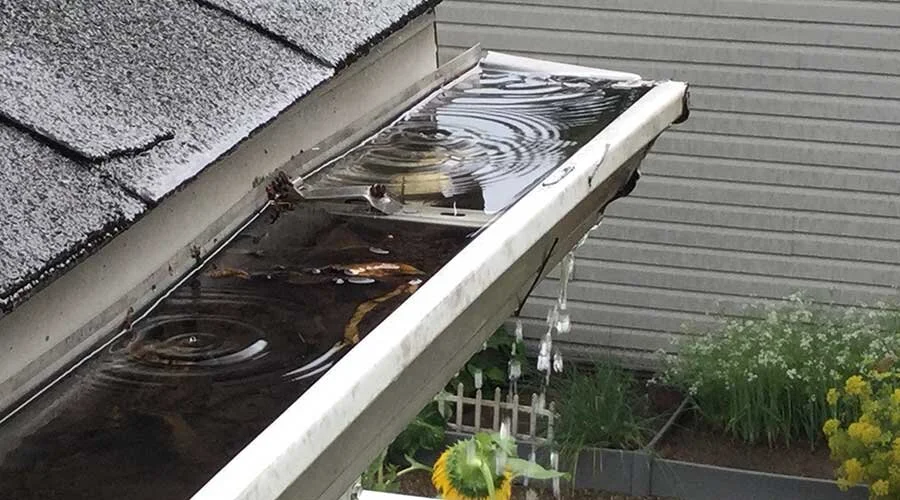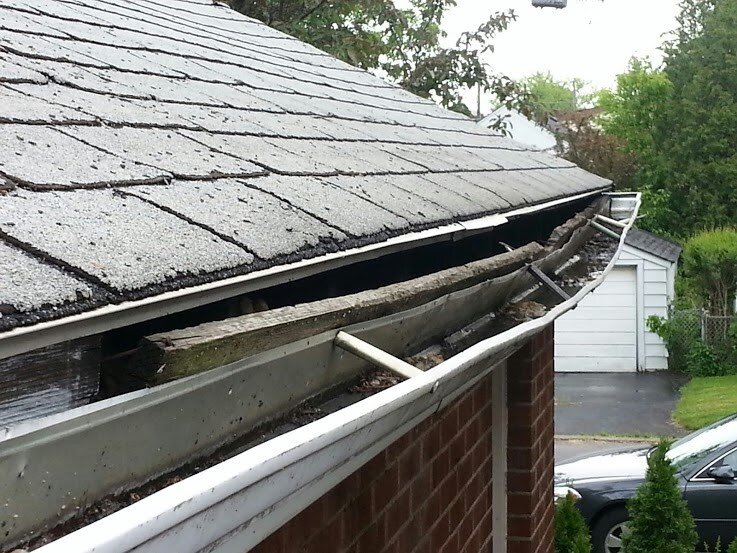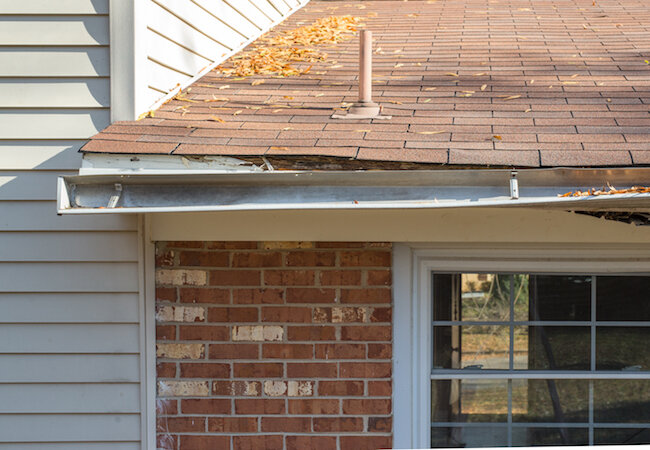What do you need to know and have to prepare yourself in the event of a tornado?
Table of Contents
Preparing Your Home
Preparing Your Property
Preparing Yourself
It’s May and officially tornado season! Although we’re not hoping to run into any, we have to acknowledge the possibility. So, we’re doing what we do best and preparing in advance both our homes, and yours. We’ll look at how to prepare your home, your property, and your family.
Preparing Your Home
To start with you want to prepare your home. This should ideally be done long before there is any potential for tornados. So, if you’re reading this and you’re under a tornado watch? That’s not the best time to be doing this. Two weeks ago? That would be the best time. Or this weekend. That works too. Far better late than never.
Check shutters and doors - During a storm that can create tornados, you’re dealing with high winds. Your windows and doors are the biggest potential points for debris to make its way into your home, in which case the air outside is going to attempt to make the air inside your home equal to it in pressure. The short answer here is to make sure that your shutters and doors are solid and in good repair. For windows, you might consider getting storm shutters that can withstand high winds and hail. For your doors, you want to make sure that they have at least three hinges and a door plate secured with 1-inch screws (at minimum.)
**An important note. There is a myth that leaving your windows open during a storm will prevent your home from suffering damage as it will ‘equalize’ the pressure between the inside an out. This isn’t true. We must stress that doing something like this is going to end with your house being ripped in half. Close your windows and doors tight, make sure they’re covered if you can, and ignore myths like this.**
Check gutters - Your gutters are not the end of the world if you lose them during a storm. What is more of a problem is if they come off and go through a window. Is it common? No. Has it happened? Yes. Can you minimize the possibility of it happening by making sure they’re securely attached to your house? Yup.
Which room is your safest? - Go through your house and figure out which is the most central and best protected. Ideally, your best bet is going to be something that is either below ground (like a basement) or on your first floor. You want to make sure that the room has as few windows as possible. Finally, if possible, your safe room should be at the center of your home, preferably not sharing an external wall.
Secure tall furniture - Tall furniture getting knocked over is not only a danger to the furniture but also to you or your pets. Better to go around your home and secure everything with L brackets or straps now and avoid it altogether. Bookcases, china cabinets, entertainment centers, make sure everything that can be secured, is.
Obtain straps for your appliances- This is one that doesn’t have to be done until you’re actually under a tornado watch, but having the straps there and ready to go is what matters.
Cut materials for windows - This is another one of the “Do it well in advance” things. You’ll want to cut plywood or plexiglass. One thing we don’t suggest is ‘hurricane film’, at least not when used by itself. While the film will help keep your windows from shattering due to debris, it won’t stop the winds from blowing the window right out of the frame.
When you’ve decided on your material of choice, we’ll suggest that you measure it so that it sets into the frame of the window in question and that you secure it with long screws. Once you’ve drilled the holes, label which side of the material is top, and tape the screws to it. Store all of them together in a cool dry place that’s easily accessible.
Preparing Your Property
Preparing your property is something that should both be done ‘all the time’ and also once the season starts.
Thin your trees - Trim dead branches, get rid of any low-hanging branches that are too close to windows or the roof, etc.
Shape your trees- For this you might need to bring in a professional. The idea though is for the weight of tree being away from your house so that if it falls, it falls away rather than towards your house.
Reinforce garage and or shed doors- Just like with the doors to your home, you want to make sure that your doors to your garage or shed are solid and reinforced so that they aren’t going to get blown off. The garage door is one of the most common points for debris to come flying through during a storm.
Make a plan for your outdoor furniture. - Make a list of where everything can be stored that needs to be taken in. Patio furniture, pool items, grills, plants, everything. By having a list of what needs to be moved in the event of a tornado watch, you’re in better condition not to leave anything out accidentally.
Anchor propane tanks outside- Your propane tanks on the other hand need to stay outside and be securely strapped down.
Clean up or store away any heavy debris outside- When you get a tornado watch, this is one of the things you need to do. Go around your property and store away anything you can. We’re not talking about the things that are normally outside. Instead this is the wood project you’re in the middle of, or the garden you’re planting, the bricks you’ve just got in for a walkway etc.
Preparing Yourself
Last but not least, you need to make sure that you are prepared to wait out a tornado watch or, heaven forbid, a tornado warning. All of these should be done ahead of time, and checked regularly to ensure nothing has gone off.
Stock your safe room - Back in the first section you identified which room in your home would work best for a safe room. Now you want to make sure that it’s soft, comfortable and that you and your family can stay there for however long you might need to. In addition to the list suggested here, we advise keeping the room stocked with portable chargers, a generator, cards, books, and other methods of entertainment. One of the worst things is to be in a safe room for an undetermined amount of time, and being nervous or upset. Having things to keep your mind off the situation is always a great help. We also advise a crank charging radio, to ensure that you can keep apprised of the weather.
Build kits for your car and as grab-and-go options if your saferoom isn’t an option for some reason. - These kits should include simplified versions of what you keep in your saferoom.
Include a kit for any pets - Your pets cannot look out for themselves, nor can they pack an emergency kit, so you should consider what they might need and what might keep them calm under the circumstances.
Make sure to have all of your important documents- Birth records, death records, marriage certificates, deeds to property, proof of insurance, tax paperwork. If someone has asked for it at some point, you want to make sure that you have it in a secure place. You should also include a list of all of the serial numbers for your electronics, just in case you have to leave and people decide to… help themselves while you’re away. Ideally that would be in your saferoom, but it could also be in an easy-to-grab attache or safebox.
Check your home and auto insurance - This can be done at any point prior to a tornado warning. It’s best though that if you do live in an area that frequently has tornados to consider having this on your policies.
Did we miss anything? What do you keep in your safe room in case of a tornado? What about your go-bags? Let us know in the comments below or over on our Facebook page. As always, we love to learn from you!
If you ended up on our blog because your dryer is rattling and not because of a mini cyclone inside of it, you’re still in the right place. You can reach out to us at ((214) 599-0055) or via our contact page to set up an appointment that works for you. We’ll help you find a time when one of our professionals can come and take a look at your major appliances and get them back to running smoothly.







